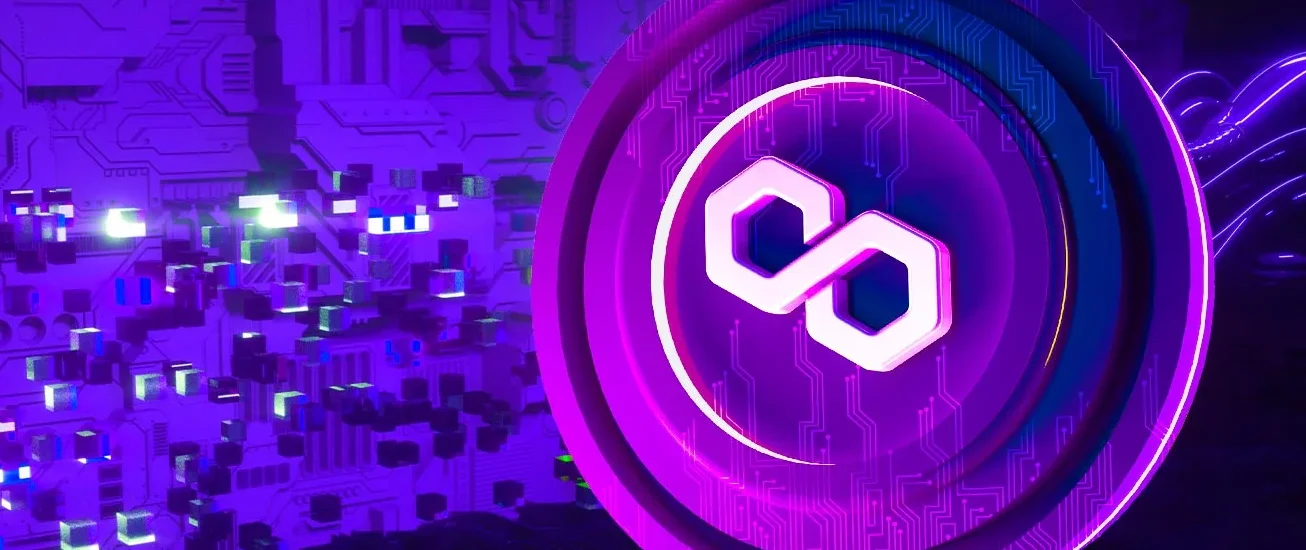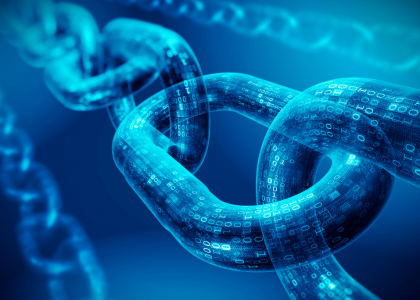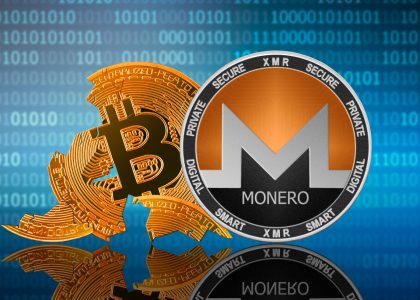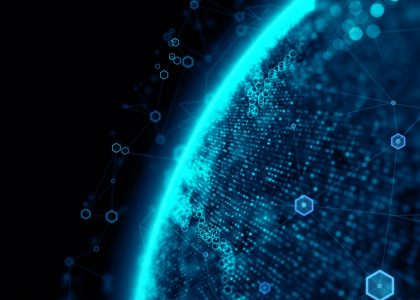Polygon MATIC is a game with a lot of potential. It could prove to be the solution to many issues that are currently facing the world. Firstly, it has the capacity to decentralize the game by breaking the traditional rules. Secondly, the game can be scalable by using the Layer 2 scaling solution. And finally, the game can be carbon neutral.
Stakeholders
The stakeholder ecosystem of Polygon has a vital role to play in securing the health of the network. Its responsibilities include settling exchanges and choosing block makers.
In order to build a decentralized network, the infrastructure needs to be secure, scalable, and trustless. In addition, transaction fees must be cheap. To accomplish this, the Polygon network will be upgraded to EIP-1559. The upgrade will eliminate the first-price auction, which will lower the cost of transactions. This will lead to lower fees for dApp users.
The Polygon network also offers tools to improve transaction speeds. For instance, a user can add a tip to prioritize transactions. These features are designed to ensure that the user has an exceptional experience with the platform.
Another benefit of the Polygon platform is that it allows for customization. Developers can create customized networks with the Polygon SDK. The SDK can be used to create dApps and scale them across different sidechains. It can also be used to connect and combine various data sets from various blockchains.
The Polygon community provides a decentralized and interoperable marketplace for NFTs. It allows users to create yield-producing savings protocols and NFT markets. It also enables users to create decentralized exchanges.
The Polygon token, MATIC, is used as a currency on the platform. The token can be purchased in crypto or fiat. The MATIC token is used to pay for transaction fees, storage of tokens on the Polygon platform, and a number of other uses.
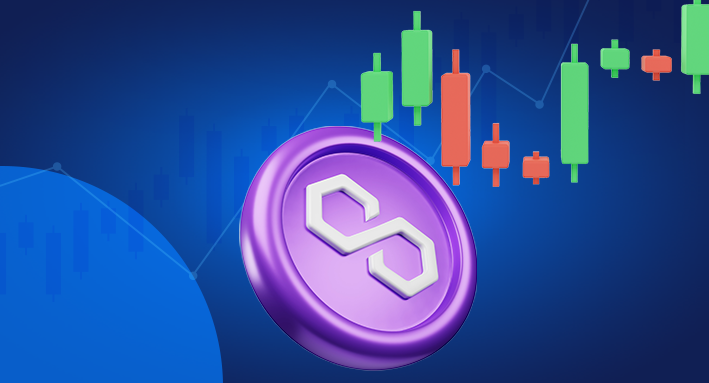
The Polygon community has been growing rapidly. It currently supports over 790,000 unique users. It has a monthly active user base of over 800,000 and over 400 apps.
The Polygon ecosystem is backed by the crypto billionaire Mark Cuban. The company also has partnerships with Google, Binance, and OKEx. In the future, Polygon hopes to expand its scope to other blockchains.
The stakeholder ecosystem of Polygon is regulated by the same forces of supply and demand that govern the Ethereum PoW mining process. Stakeholders pick block creators and settle exchanges, just like Ethereum’s PoW miners. They use locked MATIC tokens to select and authorize block makers.
Layer 2 scaling solution
Polygon is a platform that enables developers to create Ethereum-compatible blockchain networks. It also provides tools for creating decentralized applications. The team behind Polygon includes a number of well-known names in the crypto industry.
Polygon is a layer-2 scaling solution that has been built on the Ethereum blockchain. It offers developers and users a solution to the growing strain on the network.
Aside from providing faster transaction times, Polygon also helps to improve the Ethereum ecosystem. By improving the overall performance of the network, the team hopes to help grow the crypto industry. The team consists of a number of experts, including Hudson Jameson, Anthony Sassano, Jaynti Kanani, and Pete Kim. They are supported by a community of advisors.
One of the main goals of the team is to improve developer capacity. This is achieved through a series of staking incentives. Another goal is to reduce the cost of transactions on the Ethereum network. The company has already developed a number of solutions to these problems. Its flagship product is the Matic PoS Chain, which can handle up to 65,000 transactions per second.
The PoS chain can also be used as a Commit Chain for the Ethereum mainchain. It uses permissionless PoS validators to secure the network. A new block is mined every second, which helps to improve throughput.
Another solution is the Polygon Sidechain. This layer-2 scaling solution allows for higher throughput and faster transaction settlements. The team believes that this will help grow the blockchain gaming industry. It has already seen widespread adoption with more than twenty million txns.
The project has received significant investment from Sequoi Capital and Steadview Capital. Its team consists of a number of well-known names in crypto and financial industries. Some of the members include Anurag Arjun, product manager; Sandeep Nailwal, entrepreneur; and Jaynti Kanani, marketing specialist.
The team behind Polygon is committed to building a decentralized system and promoting widespread adoption of cryptocurrencies. It aims to scale to one billion users and help the Ethereum ecosystem reach its full potential. They are also committed to the security of the network.
Carbon neutrality
Polygon’s (MATIC) value has been on the rise lately, thanks to a new announcement that the network has achieved carbon neutrality. As of today, the network has retired its entire CO2 debt since it was launched. It has also announced plans to achieve a net positive impact on the environment.
In order to make this happen, the network has committed to a $20 million fund for community activities. It will also purchase 20 million additional carbon credits to offset its emissions. This will be done in collaboration with the Crypto Carbon Ratings Institute.
In addition to these initiatives, the Polygon ecosystem has partnered with a decentralized collective of environmentalists and entrepreneurs called KlimaDAO. It will perform a carbon footprint analysis and provide a mitigation strategy for the network.
The plan will encourage the ecosystem to offset its impacts, as well as making it easier for NGOs to donate to climate change causes. The plan will also account for every trade made on the ecosystem.
Another big step forward for the Polygon network is that it will host a Green Blockchain Summit on July 13. This event will bring together Web 3.0 and crypto enthusiasts for a conference geared toward brainstorming major environmental issues.
The Polygon network has a long-term goal to become the first climate positive cryptoasset. The company will help achieve this goal by retiring its own carbon credit debt, as well as providing resources to partners that are willing to offset their own emissions. It will also work with CCRI to audit its own carbon footprint.
The Polygon team is experimenting with fresh approaches to on-chain carbon credit retirement. This is a good first step, but it will take more. As of now, the Polygon network has a carbon footprint 2,100 times larger than the optimistic estimate from the World Wildlife Fund. This may not be an issue in the short term, but it could hinder government research in the future.
The MATIC token has bounced back from its 50-hour moving average. However, it is still below its all-time high. If it can hold above this resistance level, the MATIC token may advance further.
Game decentralization
Polygon is a decentralized platform that provides a set of tools and services to build decentralized networks, including games. The platform is built on a Proof-of-Stake consensus mechanism, enabling users to stake MATIC and thereby earn coins.
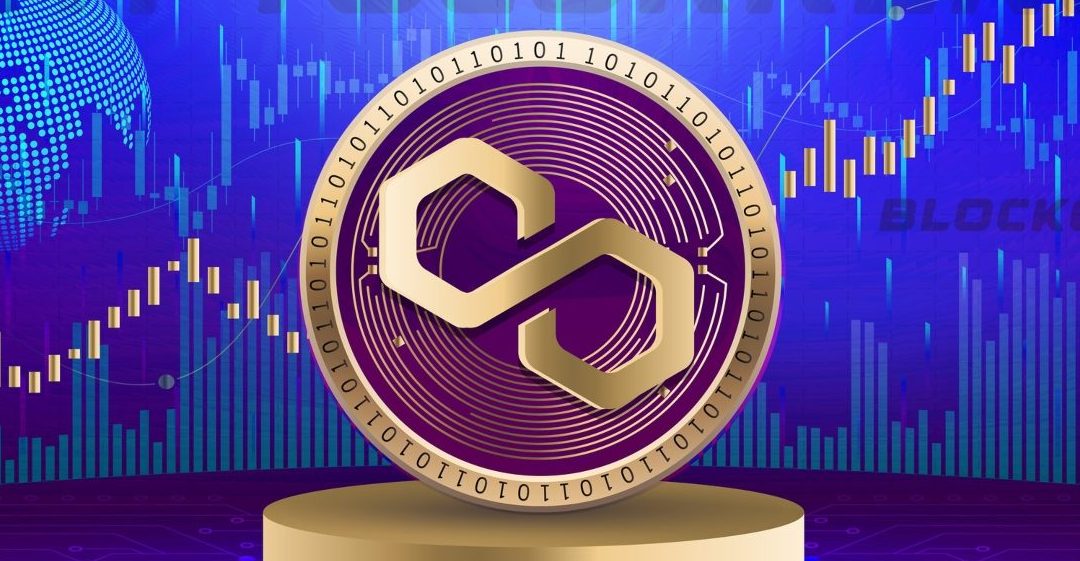
The Polygon Network is built on a layered architecture that utilizes a mix of technologies. This includes a security layer and a sidechain. The network runs on a Plasma framework that allows developers to scale apps quickly and easily. It also supports multiple integration options.
The primary chain is the Ethereum blockchain, which experiences high transaction volume. To help address this issue, Polygon uses plasma chains, which run alongside the mainchain. Using these sidechains improves speed and security. The plasma chains also communicate with the mainchain. The Plasma framework allows for easier execution of smart contracts.
The Polygon ecosystem has grown tenfold in the past couple months. In April, the community raised the equivalent of $5.6 million in ETH. In May, the community raised another $450,000.
The company has received several major fundings from investors including Mark Cuban, Midas Investments and Grayscale Investments. It also has a growing list of backers. Currently, the supply of MATIC is capped at 10 billion tokens.
The system includes clients, block producers and validators. The validaters are responsible for verifying new transactions and resolving issues. In order to become a validator, a user must first own the MATIC token. If a validator acts maliciously, they can lose their token. On the other hand, they can receive a percentage of the fees paid to them.
The Polygon team also plans to implement a proof-of-stake (PoS) validator. These will work in conjunction with the security layer to provide additional security to chains.
The Polygon network also promises to support more transactions. Its team believes that its technology will offload many of the transactions that take place on the Ethereum blockchain. The Polygon protocol will increase liquidity and ease cross-chain asset transfers.
One of the most significant sources of transactions on the Polygon network is the transactions of games. The company aims to develop 3D metaverse games, ranging from NFTs to wager-based games. This will allow users to enjoy faster in-game transactions.

